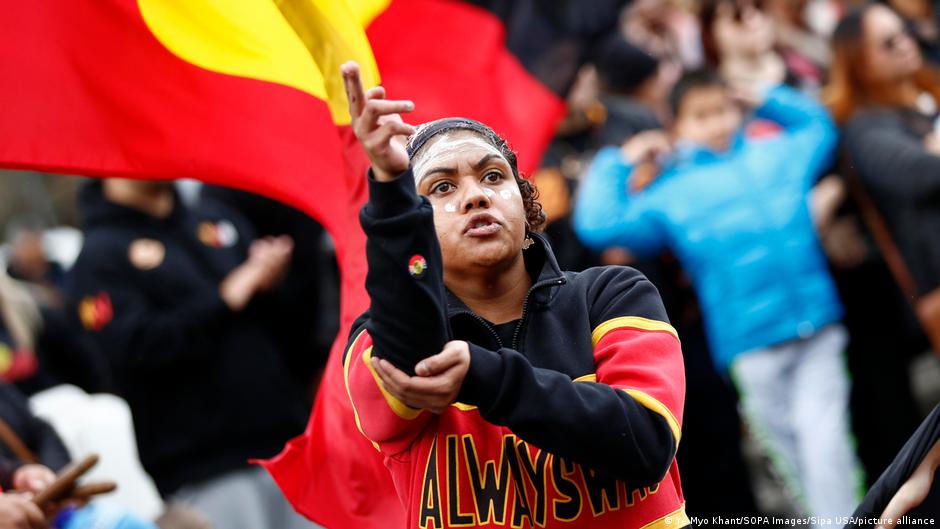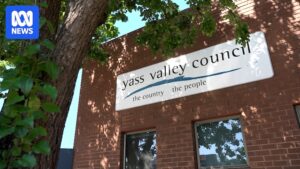
The state of Victoria has made history by signing Australia’s first treaty with Aboriginal people, a move formalized into law on Thursday. This landmark accord is celebrated by advocates as a significant step toward reconciliation, granting Indigenous communities greater oversight on decisions affecting their lives.
The treaty, set to take effect on December 12, includes a formal apology to Australia’s First Nations people and establishes a permanent representative group to advise the Victorian government. This development comes amid ongoing efforts to address historical injustices faced by Indigenous Australians.
Details of the Treaty and Its Impact
At a signing ceremony in Melbourne, Victorian Premier Jacinta Allan emphasized the importance of giving Indigenous people a voice in matters impacting their lives. “Today marks a new chapter in the story of our state,” she stated. “When people have a real say over the things that impact their lives, their healthcare, housing, education, and the practice of their culture, their outcomes are improved and our state is made fairer.”
The treaty represents a formal recognition of the rights and sovereignty of Aboriginal communities within Victoria. It aims to address systemic inequalities by involving Indigenous representatives in policymaking processes, thereby improving outcomes across various sectors including health, education, and cultural preservation.
Historical Context and Recent Developments
While treaties with Indigenous groups are common in other British-colonized countries like New Zealand and Canada, Australia has historically lagged behind. The recent rejection of a national referendum in 2023, which sought to enshrine an Indigenous advisory body in the constitution, was seen as a setback for reconciliation efforts. The referendum was rejected by 60% of voters, highlighting the challenges faced in achieving national consensus on Indigenous issues.
Jill Gallagher, a member of the Gunditjmara people from southwestern Victoria and former Commissioner of the Victorian Treaty Advancement Commission, played a crucial role in the treaty negotiations. “This is the story of the Aboriginal people’s resistance,” she told the ABC public broadcaster, underscoring the resilience and determination of Indigenous communities in the face of adversity.
The Long Road to Recognition
The first human settlement of Australia is believed to have occurred around 60,000 years ago. However, British colonization, which began in 1788, led to a significant reduction of the Aboriginal population through massacres, forced displacement, and the spread of diseases. Today, Australia’s approximately one million Indigenous citizens continue to experience disparities across socio-economic measures, often tracking well below national averages.
The announcement of the treaty in Victoria is a pivotal moment in the ongoing journey toward reconciliation and recognition. It highlights the importance of acknowledging past injustices and working collaboratively to create a more equitable future for all Australians.
Looking Ahead: Implications and Next Steps
The signing of the treaty in Victoria sets a precedent for other Australian states and territories to follow. It demonstrates the potential for meaningful engagement with Indigenous communities and the benefits of inclusive governance. As the treaty takes effect, it will be crucial to monitor its implementation and ensure that it delivers tangible improvements in the lives of Aboriginal people.
The move represents a significant shift in the relationship between the Victorian government and its Indigenous communities, offering a framework for future collaborations. As Australia continues to grapple with its colonial past, the treaty serves as a reminder of the power of dialogue and the importance of listening to the voices of those who have been historically marginalized.
Edited by: Saim Dušan Inayatullah






